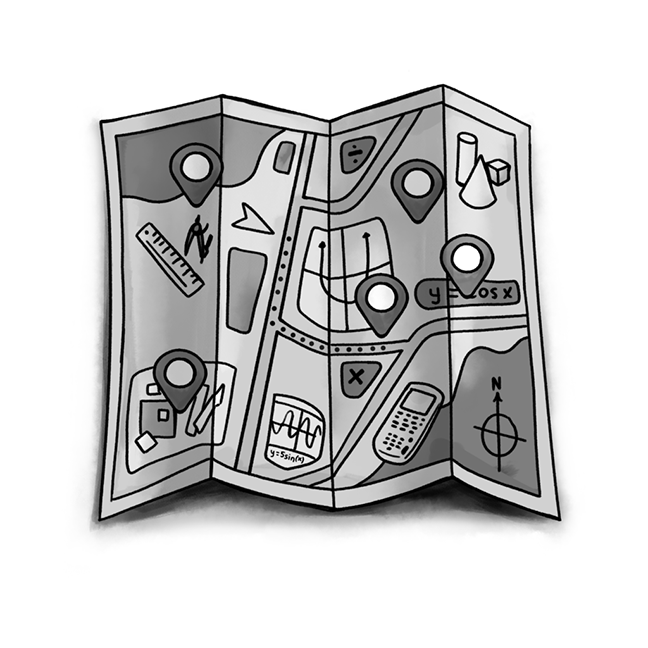Mike Hayes, PVPA Charter Public School, South Hadley, MA
I work at a 7-12 performing arts charter school in South Hadley, Massachusetts. After a textbook review in Spring 2013 we decided to adopt the CPM books for all of our math classes. We decided to do an “all at once” adoption because we did not have consistently used materials for any of our courses. Having now gone through the first year of implementation, we are very excited for year two. Here are some things we learned from our first year.
Professional Development.
It was critical for our teachers to have been a part of the professional development offered by CPM. Having the four workshop days before school helped everyone understand how to access the CPM resources, understand the role of teams and team strategies, and have more confidence for the upcoming school year. The follow-up workshop days and observations by our Regional Coordinator allowed us to continue to reflect on our implementation, address challenges, and continue to feel prepared for later chapters.
Standards – Trust the writers!
The Core Connection series is aligned with the Common Core content and practice standards. We found it was more than enough to plan and implement every lesson without trying to
rewrite the book. Despite our goal of sticking to the timeline, we still ended up spending too much time on the early chapters because we were concerned that students were not getting it as deeply as we wanted. As we went through the year, we saw all the places in later chapters that continued the practice and exploration of those concepts and skills we were concerned about. We did not need to be worried.
Pacing.
Before the year starts, pace out your course. Use the pacing suggestions from CPM and your school’s calendar to know approximately when you want to start each unit. We did not do this until November and it meant we were crunched at the end of the year. It is easy to spend too much time in Chapter 1. Try not to fall into that trap.
Assessments.
If you are using the sample assessments (which are very helpful the first year!), make sure you take them first and adjust them for your students.
Teams.
Using study teams in a math class is often a very new thing for students. Most students have not been in a situation where they work, think, and discuss math with other students in class. If you are getting lots of pushback, try a variety of things to make them work (go to pairs for a while, do the roles differently, etc.). The goal is to have students communicating and
problem solving together. How you get there might be different based on your students and you.
We are now starting to plan as a department for year two of implementation. We are going to be revisiting our work with teams to bring more team strategies in, we want to bring in more variety to our assessments, and we are going to be integrating the arts into our courses (per the charter mission). Thanks to a challenging but great first year, we are excited for
these next steps. We hope you all have a great year too!
